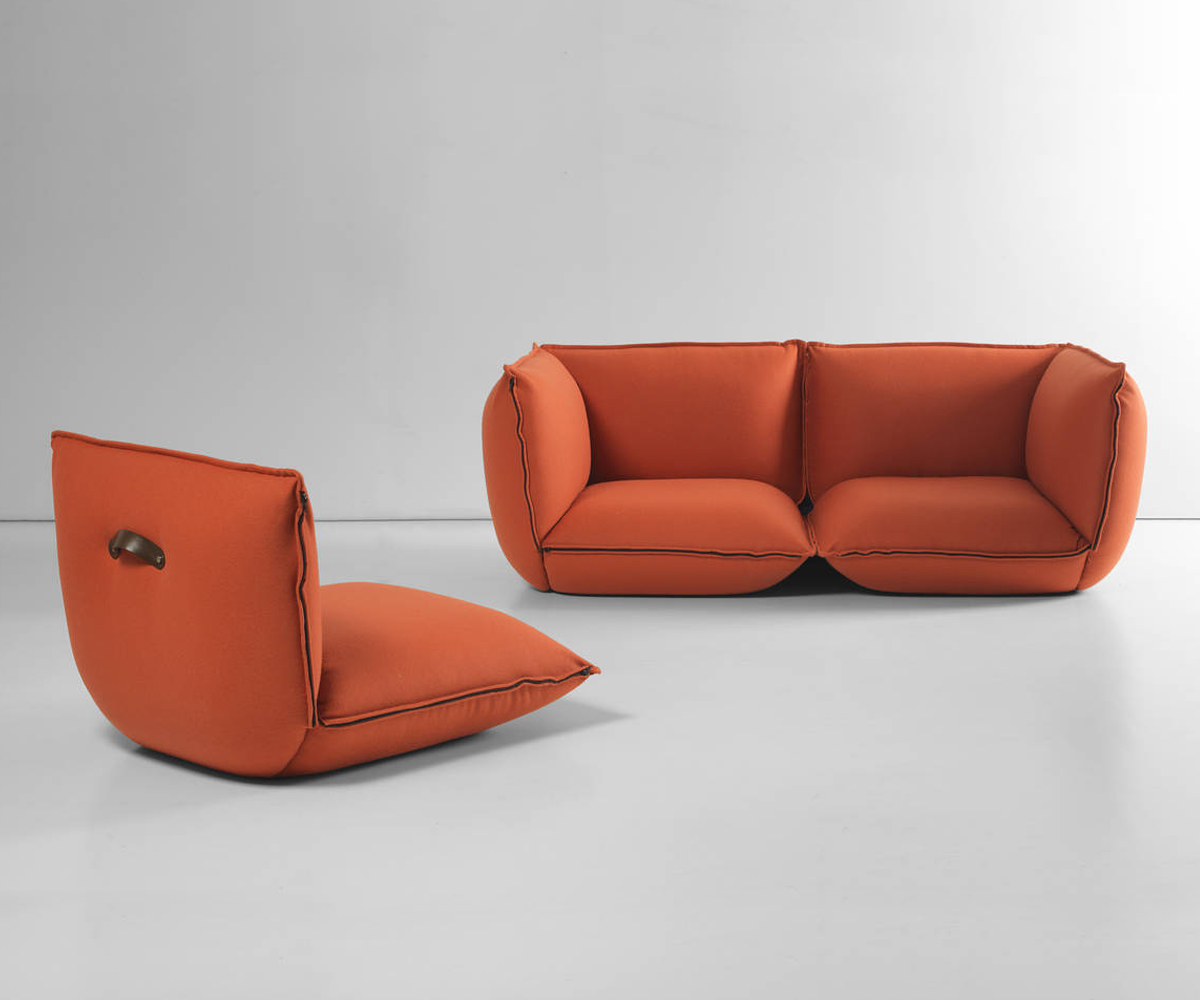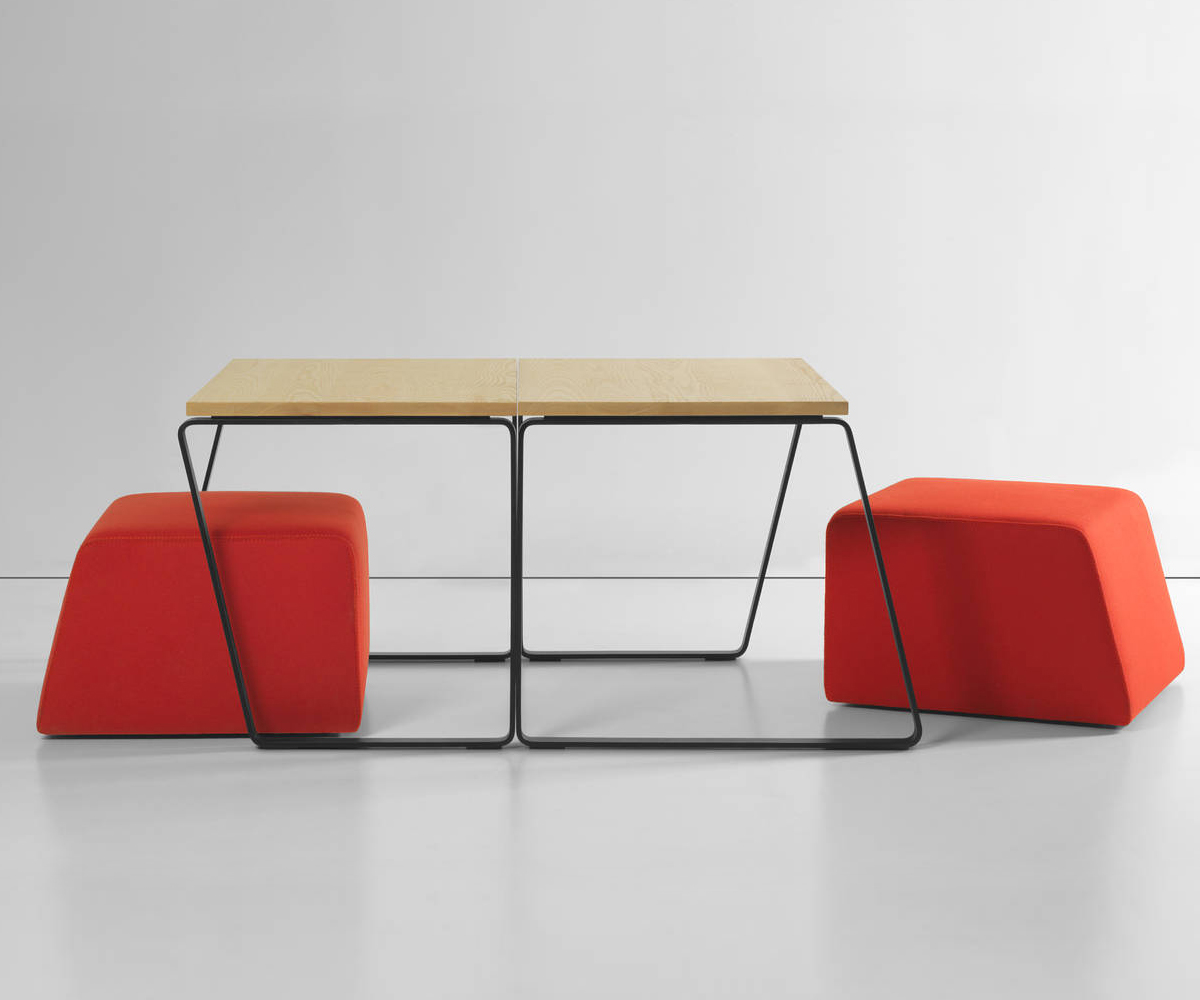Office Furniture You’ll Want in Your Home
May 11th, 2016 Written by: Tim Gavan for The Wall Street Journal

Tasked with creating furniture for the workplaces they will soon inhabit, design students push office formality further back in the rearview mirror
WHILE SOME COMPANIES try to entice young talent with stair-adjacent slides and comic-book color schemes, a course offered at the Art Center College of Design in Pasadena, Calif., in partnership with Bernhardt Design company, has a simpler approach: Have students design the modern workplace themselves, one piece of furniture at a time.
“My roommate and I were spread out on our living- room floor, sketching ideas, and it occurred to me—why am I designing a bench when everyone I know ends up on the floor where there’s more space?” said Brooklyn, N.Y., native Alex Akopova, 21. Her Zip Chairs are one of six designs chosen to be featured at New York’s International Contemporary Furniture Fair this week and then put into production.

Via Tables, from $1,000 each, and Ottomans,from $500 each, all available at Bernhardt Design
Ms. Akopova’s versatile, legless chairs—filled with 10 inches of foam and available in 92 textiles—connect at the seams with zippers to form sectional seating, like plush pieces in an officewide game of Tetris.
“Three to five years ago, we had a lot of requests for informal workspaces from creative organizations like advertising agencies and media firms that wanted to show their personalities,” said Sonya Dufner, a principal at Gensler, a commercial design and architecture firm with thousands of large corporate clients. “Now we’ve started to hear the same thing from law firms and financial-services clients.”
The Via Table and Ottoman designed by Taylor Cheng, 23, are casual, understated, and like the Zip Chairs, allow for effortless transitions between privacy and collaboration in the increasingly popular open- floor office plan. The compact ottoman, which comes in bright and neutral colors, stows beneath a simple slab of ash wood or walnut and between matte-black metal legs. Angled in opposite directions, the legs are meant to evoke the image of a person walking.
“I wanted to combine the idea of people moving around with the idea of furniture, which is usually stationary,” said Ms. Cheng, a Chino Hills, Calif., native. “These pieces are modular and light enough to be relocated easily, so they allow people to work as individuals or to come together and work in groups.”
While both designs were conceived for the office, picking up either for a loft, finished basement, or playroom won’t feel like taking work home.
